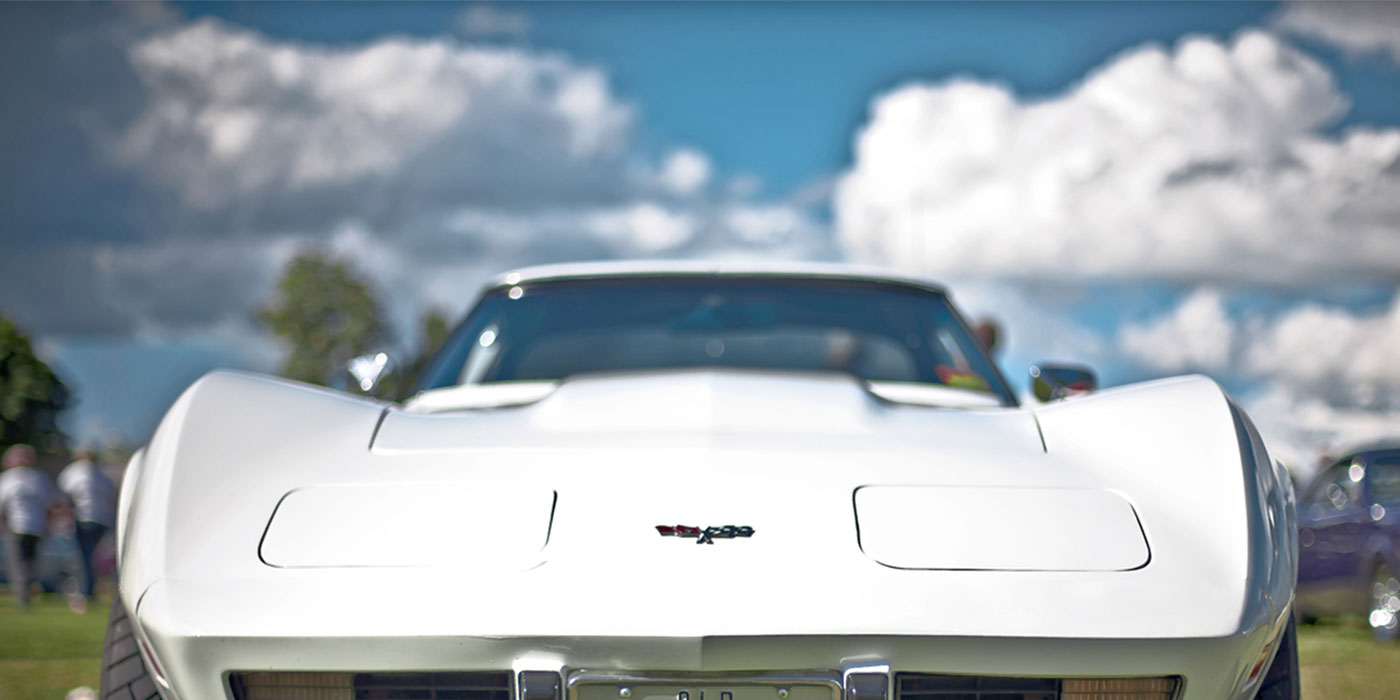One of the most important reasons to get a car check is to ensure the motor isn’t stolen. You should do this no matter how you choose to buy a vehicle. It is wise whether it is car broking, going to a dealer, or buying direct from the owner.
Stolen cars are a huge issue for several reasons. As such, you need to be aware of the ringing and cloning of vehicles. What we are going to do here is go through how criminals use the two processes. Also, we will talk about what you can do to protect yourself from purchasing a car subject to these activities.
Stealing a motor is one thing. Once the owner reports it though, it becomes tricky to sell. The police update their records to say it is stolen. They then send this data to various bodies to help increase awareness among car buyers. Thus, criminals need to hide the truth and make the vehicle seem legitimate. It is here where cloning and ringing come into play.
Cloning
 This is where the criminals remove the stolen motor’s number plates. They then replace them using the registration number from a legitimate car. Those with cloning skills will usually identify a legit car. This is one with the same age, colour, model, and make as the stolen vehicle. Next, they will duplicate its number plate and apply it to the motor.
This is where the criminals remove the stolen motor’s number plates. They then replace them using the registration number from a legitimate car. Those with cloning skills will usually identify a legit car. This is one with the same age, colour, model, and make as the stolen vehicle. Next, they will duplicate its number plate and apply it to the motor.
If a motor is reported as stolen, the registration number gets added to the Police National Computer (PNC). The PNC links to various Automatic Number Plate Recognition (ANPR) cameras all over the UK road network as well as on police cars. When a camera detects a vehicle, the local police will get a notification. Applying the number plate belonging to a legit motor means the police won’t detect the stolen car unless they do a physical check. Sadly it can also fool many buyers, even if you choose car broking or work with a dealer.
Ringing
This takes things further and some criminals use the technique together with cloning. Here, they attempt to alter the Vehicle Identification Number (VIN). They then forge or modify the vehicle registration certificate to match the new one. The VINs are distinct numbers on every car in the world. As such, ringing tries to change the car’s identity to prevent detection.
The VIN number is usually found in three places on a car. Firstly, there is an etching on the metal structure in the engine bay or a plate. You can also find it inside the door, usually on a sticker. Finally, it is on the windscreen utilising a strip in plastic.
You are not actually able to place a car on the road or sell it unless there is a V5C certificate. This is the formal name for the logbook. These come from the DVLA and document the motor’s VIN. So, criminals may attempt to change or forge an original certificate as part of the ringing. They do it so it will marry up with the new VIN number they place on the stolen car.
What criminals are doing here is attempting to cover themselves in case the buyer inspects the motor. If they do a decent job, only a thorough examination will tell authorities the car is not legit. Thankfully, it is tricky to alter the VIN number in the three formats. Nor is it easy to change a V5C. Because of this, the job tends to be done by organised criminal gangs who have talented mechanics.
Start learning about car broking
At Auto Car Brokers, we teach people how to be great at broking. Our comprehensive learning package is a fantastic resource. It is affordable and gives you everything you need to know about being a broker. That includes guides, template emails, and much more.
So, come to us if you want a start in car broking; we can help you learn about it and provide materials you can unpack to set up your business.







